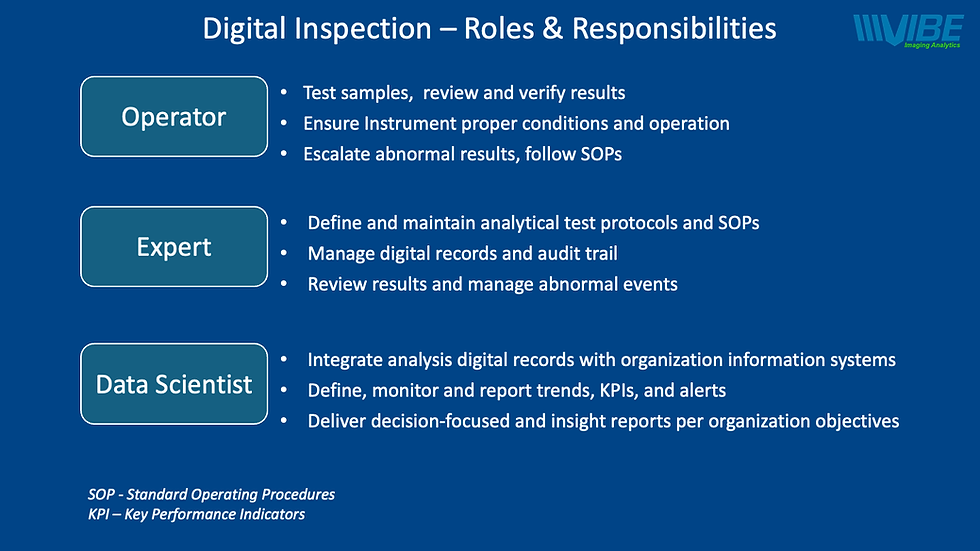Introduction Part B
- "The Grain Guru"
- Sep 25, 2018
- 2 min read
Updated: May 15, 2022

In the past few years we have seen a boom in developing, financing and adopting advanced technologies in agriculture, which is real progress and the direction everyone in agtech would love to see. There have been a lot of discussions and enthusiasm around precision agriculture, IoTs, better imaging technologies to improve farming activities; however, in our view there is also a huge technological gap in terms of how quality inspection and commercial grading are conducted along the supply chain.
Quality inspection practice in 2018 is still primarily manual and relying on visual inspection, involving highly specialize inspector counting kernels in a sample one by one, which is mind boggling especially compared to how advanced some parts of the agribusiness has become. We believe that this is an overlooked area in the food system that desperately calls for improving, considering how important grading is for the entire agriproduct trade. Every step along the supply chain, accurate, timely and consistent grading is the foundation of trading activities, which in the commodity world is critical, considering the volume of grains that need to be inspected and change hands to meet the demands of various industries whose operations are based on receiving proper quality and certain volume of grain products on a daily basis.
In 2016, there were 3 billion metric tons of the top five grains (rice, wheat, corn, soy, and other coarse grains such as oats) were produced and valued at ~US$700 billion. This is just the beginning. From then on these grains get separated, co-mingled many times throughout the supply chain until they become final product – food, beverage, oil, animal feeds, etc., for domestic consumption and exporting. Every time when they change hands, these grains need to be properly evaluated and their value increases. With that enormous volume the time and resources spent on inspection and grading multiply, and errors result in real economic loss – either by accepting the bad or throwing away the good.
There is a library of literature focused on studying the error rates of human visual inspection practice, and the average error rate is about 20%. By automating that manual inspection process, which has been done in many other industries such as electronics, semi-conductors, solar panels, and pharmaceuticals, the industry could harvest a huge boom in efficiency and cost savings, and have better control over the quality of their products, and improve customers’ satisfaction and therefore their brand names.




Comments